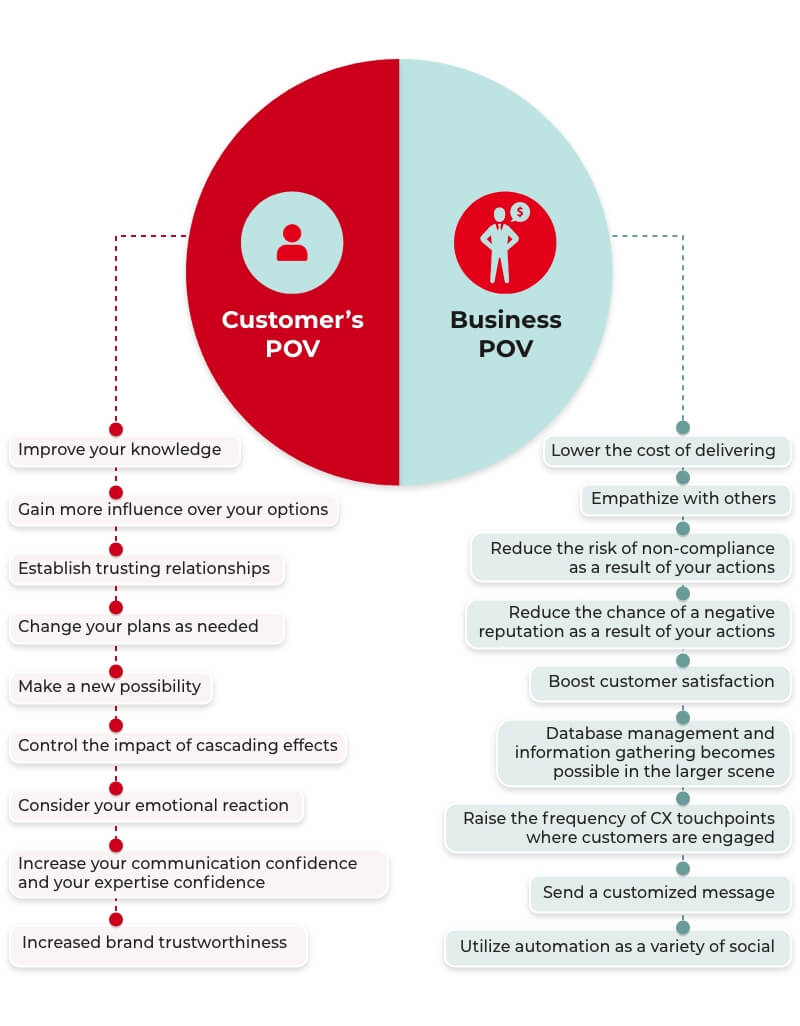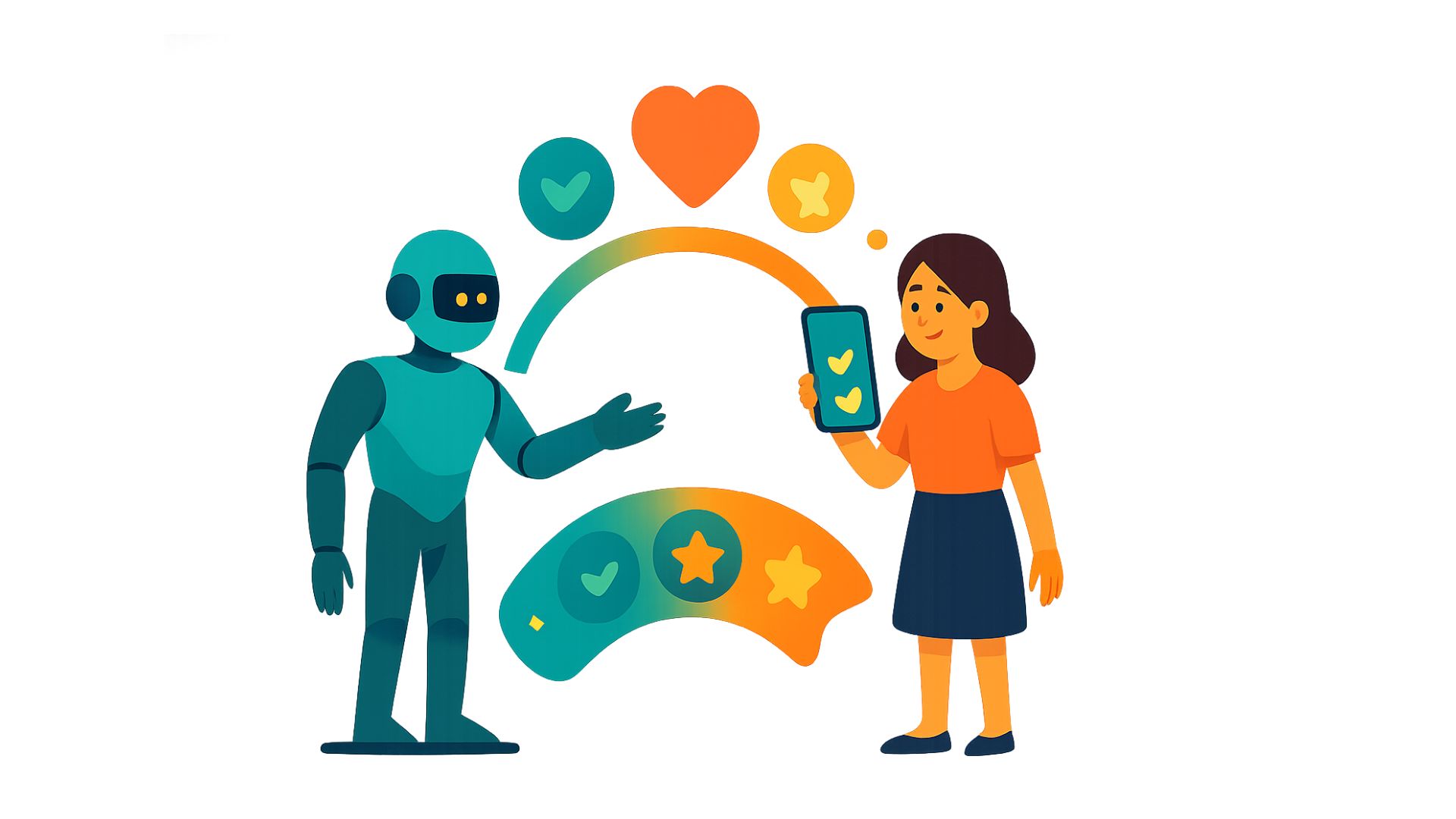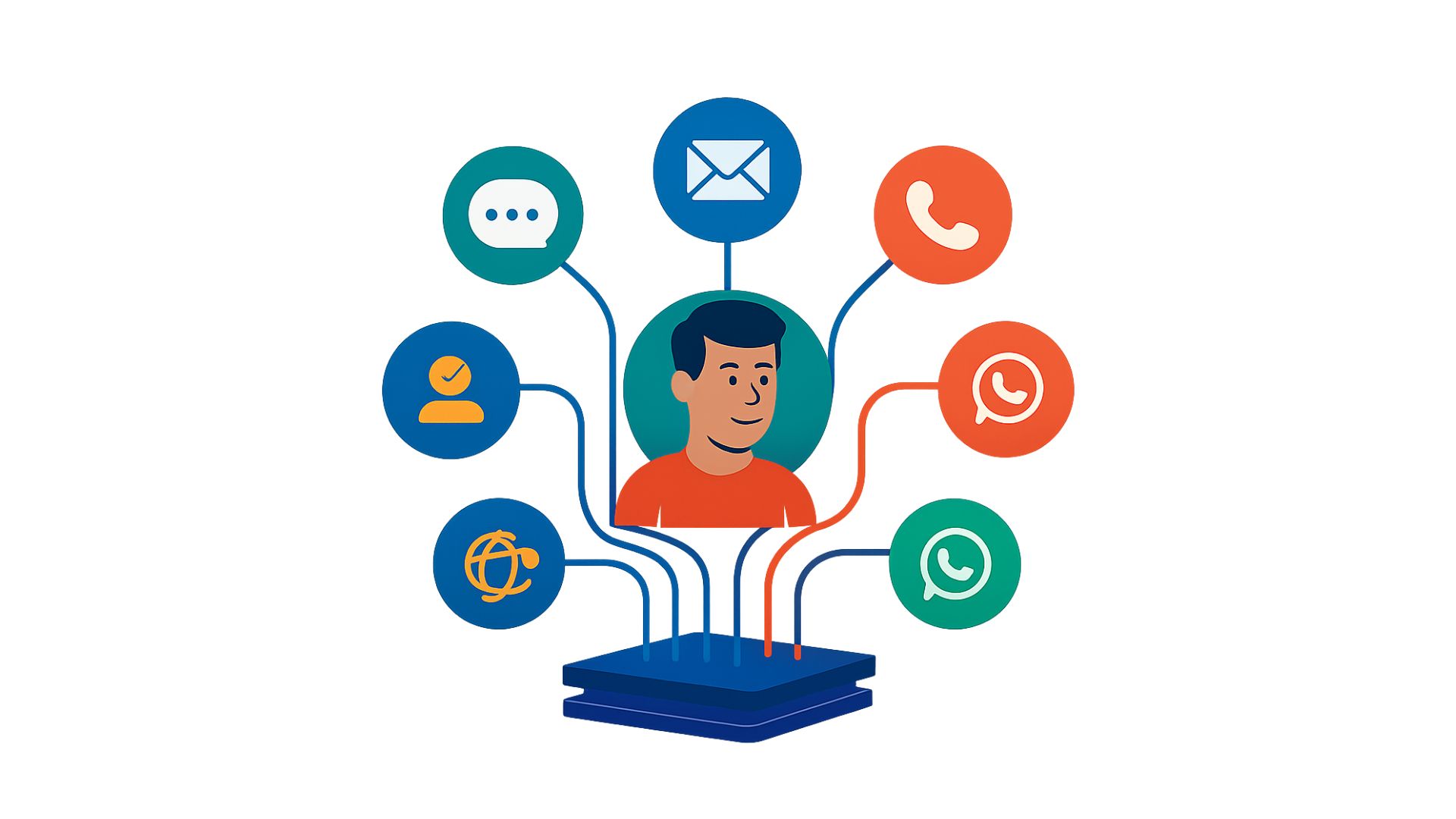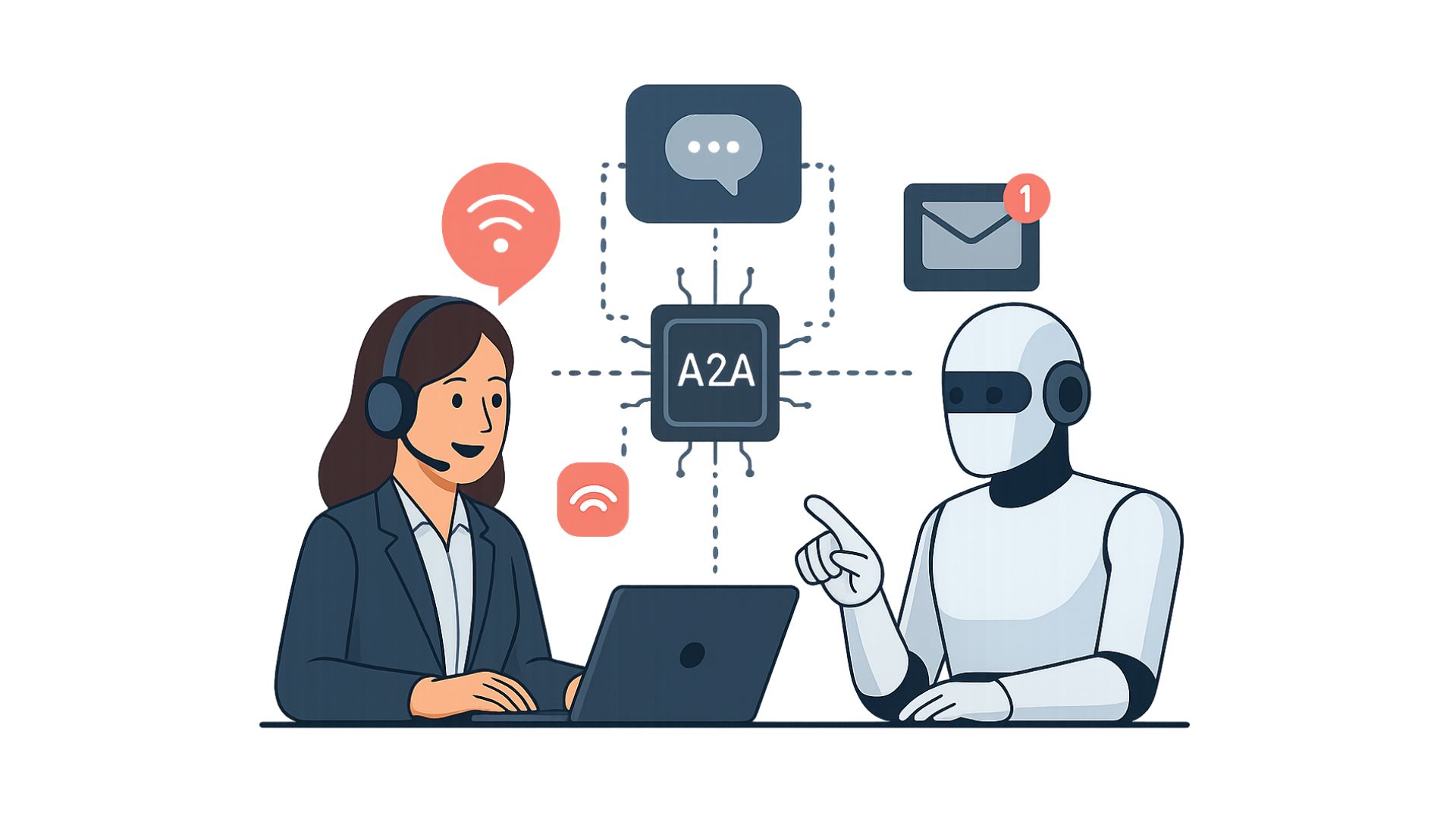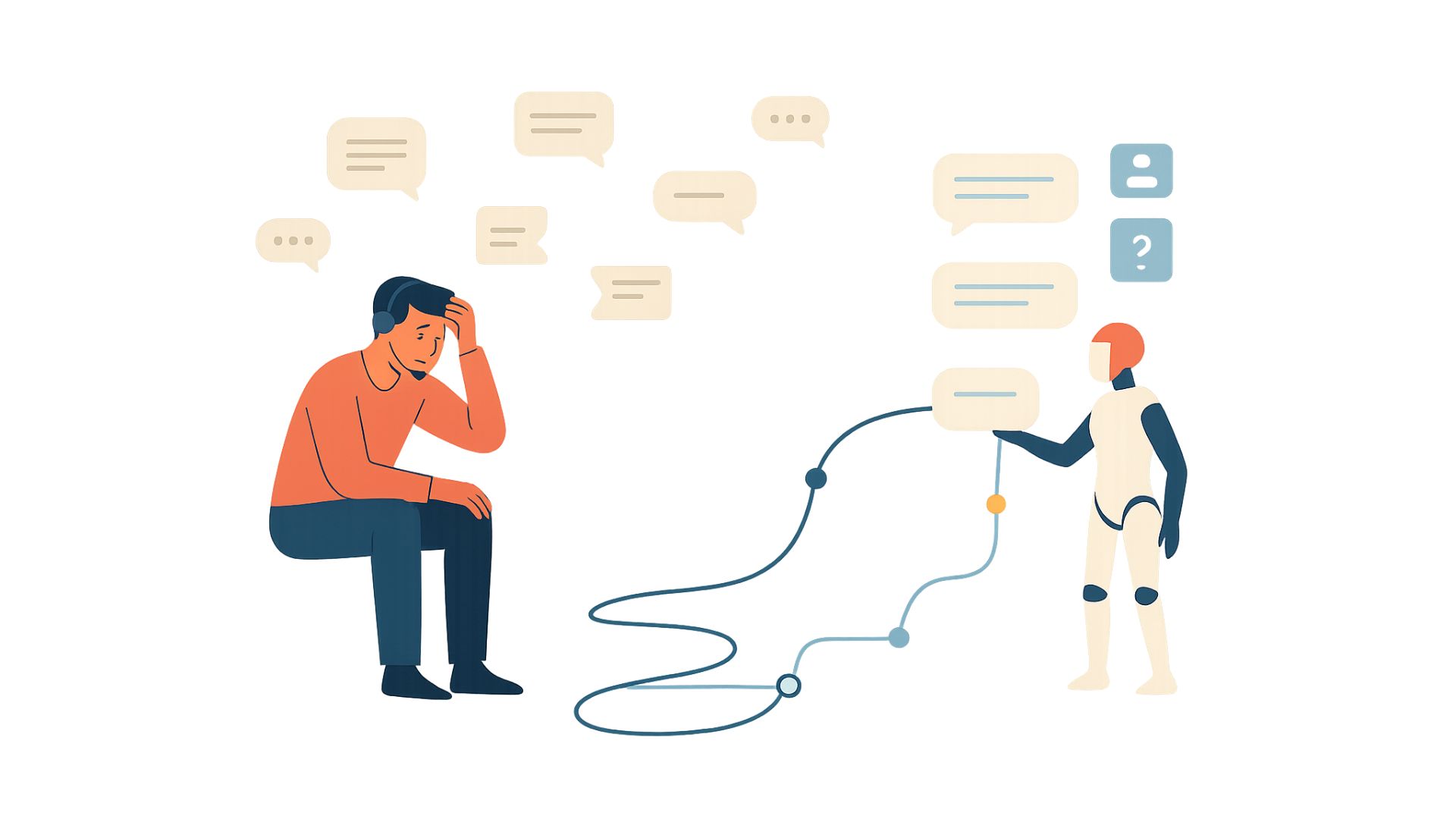In the realm of customer service, the term “proactive customer service” is often mentioned. While it may seem complex initially, it’s actually a straightforward strategy to adopt and implement.
“Being proactive raises the perceived value of what you offer. Your customers feel you’ve really been paying attention and focused on them and their needs.” –Shep Hyken
Proactive customer service involves identifying and addressing client issues before they escalate into larger problems. By taking preemptive action, you assist clients in resolving issues before they even arise. This means anticipating potential problems, communicating effectively, and providing solutions promptly. Understanding customer needs and actively seeking resolutions, whether through proactive communication or self-service options, is at the core of proactive customer service.
Proactive vs. Reactive Customer Service
Proactive and reactive customer service differ significantly. Proactive service involves anticipating and addressing potential issues before they escalate, while reactive service responds only after complaints arise.
Professionals with customer-facing roles should prioritize proactive service. This approach alleviates frustrations, improves communication, and speeds up problem resolution. For business executives, shifting organizational focus to prioritize customers may initially pose challenges. However, once achieved, proactive customer service becomes second nature, benefiting both customers and the business.
Although it appears to be the most basic strategy, apologizing profusely after an incident results in more effort for the help desk in the long term than taking one of the following three strategies:
- Active Customer Service – Informing the customer promptly when an issue arises, such as latency, is crucial. For instance, if we’re experiencing bandwidth shortages, we’re actively addressing the problem to restore service promptly.
- Proactive Customer Service – Notifying a customer before a problem arises. For example, we need to rework the functionality of this feature.
- Preemptive Customer Service — Notifying customers of previous changes and explaining how the changes will benefit them. For example, we’ve made the required changes in the database and updated the fields; they will match the recent development in the application.
Why Should You Adopt a Proactive Customer Service Approach
- Enhances customer satisfaction: Proactive support initiatives, such as live chat and video tutorials, anticipate customer needs and provide assistance before issues arise, leading to higher satisfaction levels.
- Improves customer retention: Proactively reaching out to customers strengthens relationships and loyalty, resulting in higher retention rates. This, in turn, can lead to increased customer satisfaction scores and reduced customer churn.
- Reduces support calls: Anticipating common issues and addressing them proactively helps to minimize the number of support tickets issued, freeing up agents to focus on other business priorities.
- Creates brand ambassadors: Providing proactive customer service not only resolves issues but also turns satisfied customers into brand advocates. These advocates can help promote your products and services, attracting more customers through positive word-of-mouth.
Some other benefits of Proactive Customer Service:
Guide to Implementing Proactive Customer Service:
Proactive customer service can help businesses establish a high brand persona and increase customer satisfaction. Businesses can develop and strengthen proactive customer service abilities for their clients in a variety of methods:
1. Distribute Surveys
Improving proactive customer service requires gathering feedback directly from customers. One common mistake businesses make is assuming they understand their customers’ wants and needs without seeking their input.
Using a structured questionnaire is an effective way to collect feedback from clients on areas for improvement within your company. There are certain questions that can be asked to get clarity in the procedure like,
“What functional features did you expect?”
or “What are the areas where you want us to improve?”
or “What is that one change in the buying cycle/journey that needs to be upgraded for enhanced experience?” in order to learn and enable being proactive with future customers.
2. Make a database of information
Data on a company, its distribution channels, and other similar topics can be found in data sources. That can include articles, forum posts, community guidelines, inquiries, and several other requests and video lessons that customers can utilize to resolve difficulties without having to phone your help desk or before doing so. This is an example of proactive assistance because you’re predicting problems and providing consumers with the knowledge they’ll need to remedy them before they occur.
3. Customer loyalty should be rewarded
Customer loyalty can be rewarded through membership programs or useful incentives, which can boost customer happiness and profitability. Businesses can reward customers for a particular number of transactions, offer special discounts, and tell them about specials or promotions the company is giving for members when they join a loyalty program. This can assist businesses to demonstrate their thanks for their customers’ loyalty while also allowing them to keep proactive in their service by informing customers of favorable offers and promotions on a regular basis.
4. Recommending Products
Making product recommendations can be a fantastic method to exhibit proactive customer service by demonstrating how markets work their requirements. Employees educated to find out what clients are looking for and give helpful personalized recommendations at the moment might be beneficial in retail situations. In other sorts of sales, such as internet retailers, creating an engine that can recommend products based on comparable customer preferences can be advantageous. You can offer these suggestions based on individual consumer behavior or by using algorithms to figure out how similar customers have purchased in the past.
5. Accept Responsibility for your Errors
Staying transparent and upfront about any errors or issues that the firm is encountering can help organizations engage with customers more effectively and provide exceptional proactive service. When discussing existing issues, it’s a good idea for businesses to state the actual problem, understand the frustration, and explain how they intend to repair and minimize this error in the future. For example, if a company is facing quality issues for its products, it may send an email to customers notifying them about the product in detail and explaining the area of improvement in order to provide top-notch quality in the future.
Reactive Vs Proactive: A Coin Toss
Recognizing who makes the first step in a simple approach, comprehending the disparity. The difference between proactive vs reactive customer service is that proactive service is initiated by the company, whereas reactive service is initiated by the consumer.
Neither is superior or inferior to the other. In reality, using both tactics is the best-case situation. When you observe similarities in a customer’s purchase behavior, provide services that might complement or enhance their procedures ahead of time. When a consumer has a query about your product, respond quickly and give them confidence.
,
,
,
,
,
,
,
,
,
,
,
,
,
